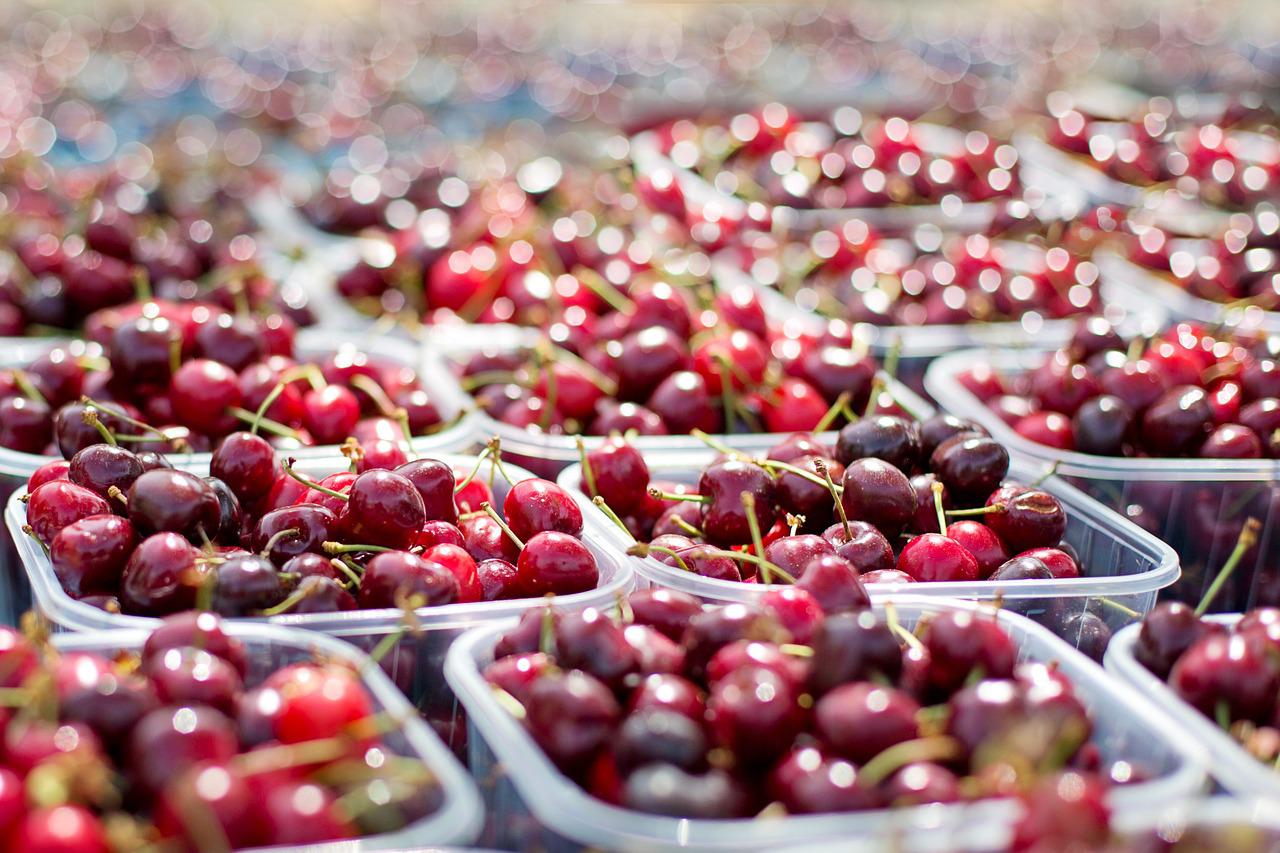Plastic Bags May Become Obsolete
Scientists create antimicrobial, plant-based food wrap to replace plastic.
A Rutgers scientist has developed a biodegradable, plant-based coating that can be sprayed on foods to protect against pathogenic and spoilage microorganisms as well as transportation damage, with the goal of producing environmentally friendly alternatives to plastic food wrap and containers.

The scalable method has the potential to reduce the negative environmental impact of plastic food packaging while also protecting human health.
“We knew we needed to get rid of the petroleum-based food packaging that is out there and replace it with something more sustainable, biodegradable and nontoxic,” said Philip Demokritou, director of the Nanoscience and Advanced Materials Research Center, and the Henry Rutgers Chair in Nanoscience and Environmental Bioengineering at the Rutgers School of Public Health and Environmental and Occupational Health Sciences Institute.
“And we asked ourselves at the same time, ‘Can we design food packaging with a functionality to extend shelf life and reduce food waste while enhancing food safety?”’
Demokritou added, “And what we have come up with is a scalable technology, which enables us to turn biopolymers, which can be derived as part of a circular economy from food waste, into smart fibers that can wrap food directly. This is part of new generation, ‘smart’ and ‘green’ food packaging.”
The study was carried out in collaboration with Harvard University scientists and was supported by the Harvard-Nanyang Technological University/Singapore Sustainable Nanotechnology Initiative.
Their paper, published in the scientific journal Nature Food, describes a new type of packaging technology based on polysaccharide/biopolymer fibers.
The stringy material, similar to Spider-webs, Man’s can be spun from a heating device that resembles a hair dryer and “shrink-wrapped” over foods of various shapes and sizes, such as an avocado or a sirloin steak.
The resulting material is strong enough to prevent bruising and contains antimicrobial agents to combat spoilage and pathogenic microorganisms like E. coli and listeria.
The research paper includes a description of the technology known as focused rotary jet spinning, which is used to create the biopolymer, as well as quantitative assessments demonstrating that the coating increased the shelf life of avocados by 50%.
According to the study, the coating can be rinsed off with water and degrades in soil in three days.
The new packaging is intended to address a serious environmental issue: the overabundance of petroleum-based plastic products in the waste stream.
Efforts to reduce plastic use, such as legislation in states like New Jersey prohibiting the distribution of plastic shopping bags at grocery stores, can help, according to Demokritou. But he wanted to go further.
“I’m not against plastics,” Demokritou said. “I’m against petroleum-based plastics that we keep throwing out there because only a tiny portion of them can be recycled. Over the past 50 to 60 years, during the Age of Plastic, we’ve placed 6 billion metric tons of plastic waste into our environment.
They are out there degrading slowly. And these tiny fragments are making it into the water we drink, the food we eat and the air we breathe.”
Rising evidence from Demokritou’s research team and others point to potential health implications.
The paper describes how the new fibers encapsulating the food are laced with antimicrobial ingredients found in nature, such as thyme oil, citric acid, and nisin.
The Demokritou research team can program such smart materials to act as sensors, activating and destroying bacterial strains to ensure that food arrives uncontaminated. This will address the growing concern about food-borne illnesses while also lowering the incidence of food spoilage, according to Demokritou.
Scientists at Harvard University who conducted the research include Kevin Kit Parker, Huibin Chang, Luke Macqueen, Michael Peters and John Zimmerman of the Disease Biophysics Group, John A. Paulson School of Engineering and Applied Sciences; and Jie Xu, Zeynep Aytac and Tao Xu of the Center for Nanotechnology and Nanotoxicology, Department of Environmental Health, Harvard T. H. Chan School of Public Health.
Provided by: Rutgers University – Kitta MacPherson
Note: Content may be edited for style and length.





